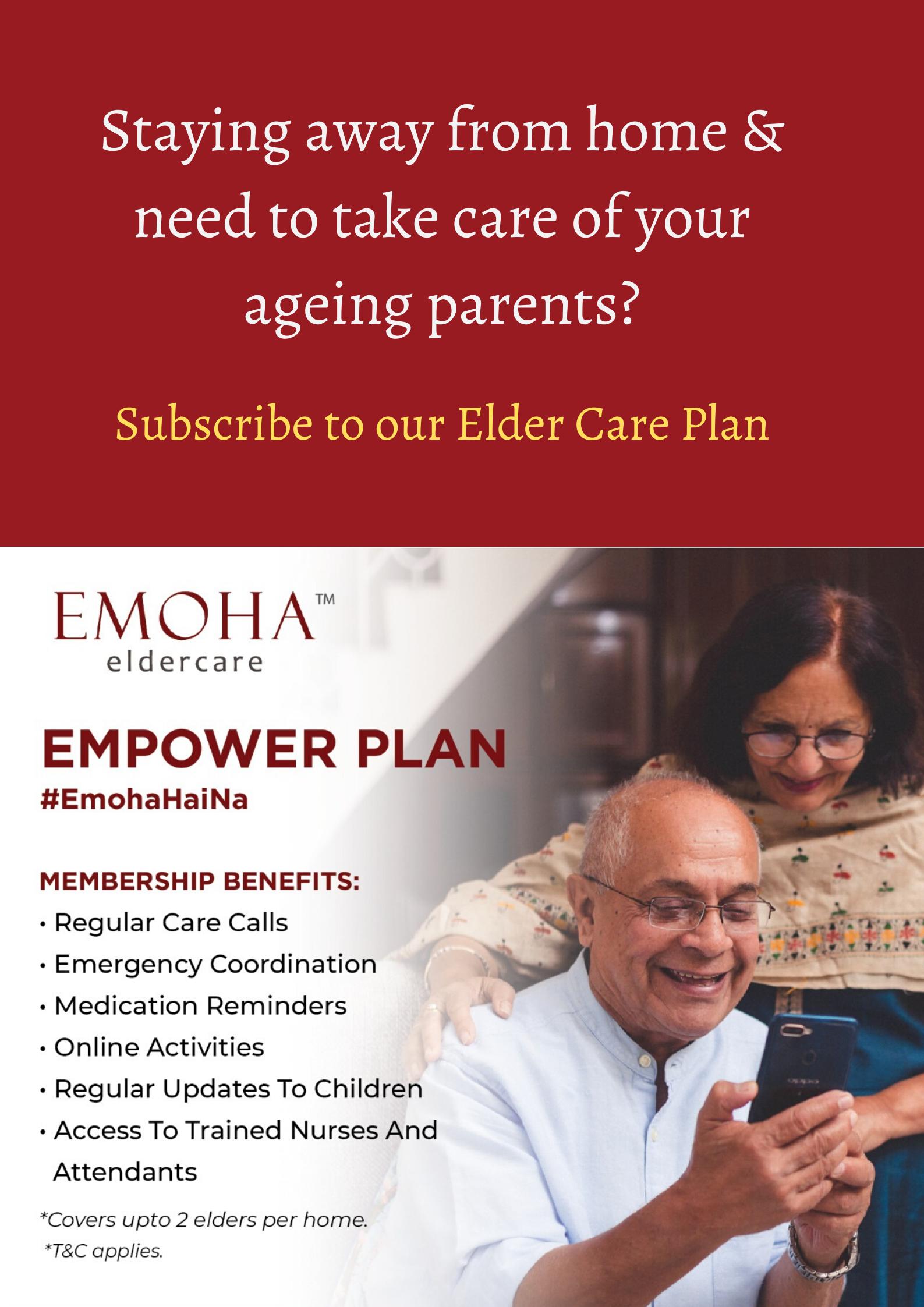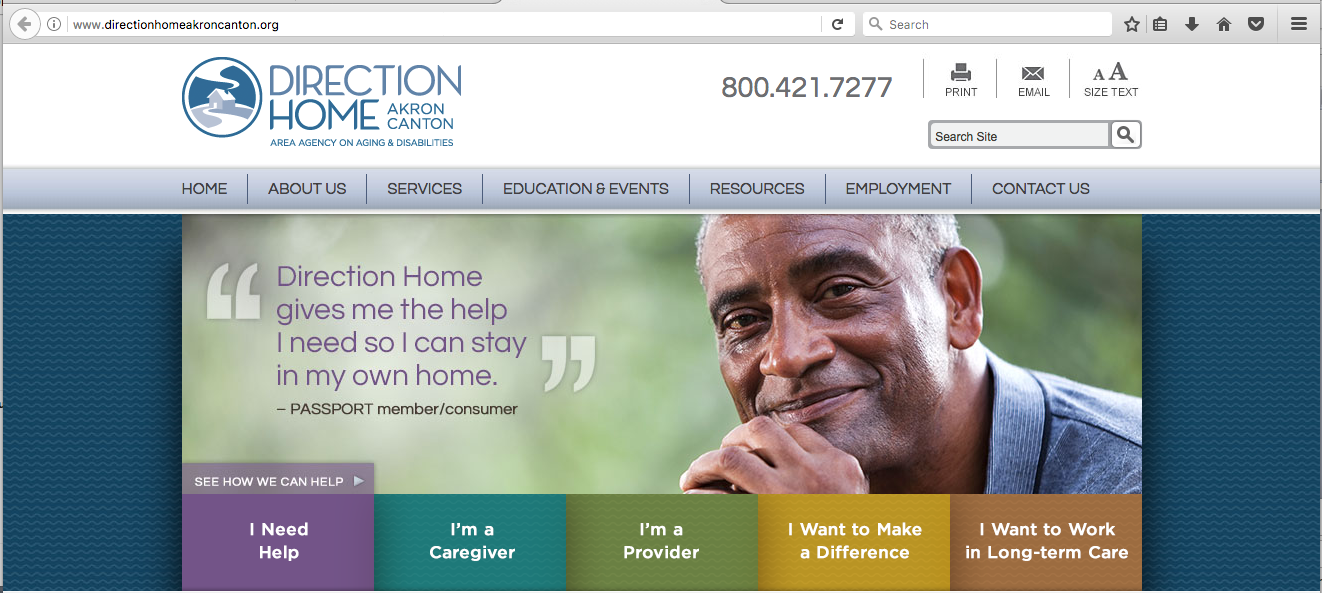
AARP is partnering with Atlas to provide resources to help caregiving citizens. However, some communities may not be able to offer these resources or increase awareness. Santa Barbara's work may not be used if Santa Barbara residents aren't aware of the resources. How can we raise awareness? How can we make caregiving resources more accessible? We hope you will share this article to encourage others to use these services.
Family caregivers have to balance work and family obligations while providing quality care.
Families care for patients in our society. Family caregivers provide substantial care to patients, but society fails to recognize their importance or support them. Because they recognize caregivers' efforts and provide clear instructions for care tasks, nursing interventions are crucial. They can also refer caregivers to ongoing support. Nursing interventions can protect caregivers as well as patients.
There are many reasons family caregivers have difficulty providing quality care while also managing the demands of family responsibilities and work. Family caregivers are often not paid and may require assistance in becoming safe volunteers. By addressing these reasons, family caregivers can better protect themselves and their loved ones. They may need to employ a professional to assist them in managing their caregiving.

One of the challenges is financial sacrifice
The AARP recently released new research on caregiver expenses, which found that nearly eight out of ten caregivers face regular out-of-pocket costs. Hispanic/Latino caregivers are more likely to face high out-of-pocket expenses than those of African American caregivers. This organization has launched a national campaign for support of family caregivers to respond to the findings. It also urges Congress not to stop doing more to help them. The high cost of caring for loved ones is so great that nearly 17% of all caregiver spending goes to medical expenses.
Unpaid leave can help you provide for your family. But it can be hard to find the right balance between work and caregiving. Many caregivers end up working in jobs that pay less or have less responsibility. In the process, they may sacrifice their immediate income as well as their long-term economic status. Many caregivers also lose their access to retirement savings. There are many ways that caregivers can ease their financial burden.
Resources available to help
Caregiving is a huge responsibility and presents an array of challenges. There are many issues to consider, including finding resources, long-term care, and meeting medical requirements. The resources for caregivers include support groups, agencies, and informational websites. AARP offers information and resources on caregivers. They also offer legal checklists, caregiver support groups, caregiver guides and other free resources. You can also receive one-on-one support to help caregivers cope with the caregiving responsibilities.
The AARP has many resources to help caregivers. Their online resource directory lists helpful websites and tools. The AARP Family Caregiving website offers valuable information about finances and life balance. The AARP Family Caregiving Hotline connects caregivers with local resources. Access to AARP resources is free for all AARP members.

Military veteran caregivers face unique challenges
The support services available to veterans as caregivers can help ease some of their stress and burden. Many families view caring for a loved ones is a life-defining moment. Veterans are often accompanied, regardless of the type and extent of care they require. The RAND Corporation, an organization that analyses information about the United States Armed Forces says military veterans caregivers face unique challenges.
Military caregivers often report greater levels of distress than caregivers. Only 34% of caregivers who have been affected by the attacks received treatment. These caregivers report significant physical and financial strain, and interfere with their own life. There is increasing awareness about military caregivers, and caregiving support. A growing network of caregiver support and programs is designed to make it easier for these people to care for loved ones.